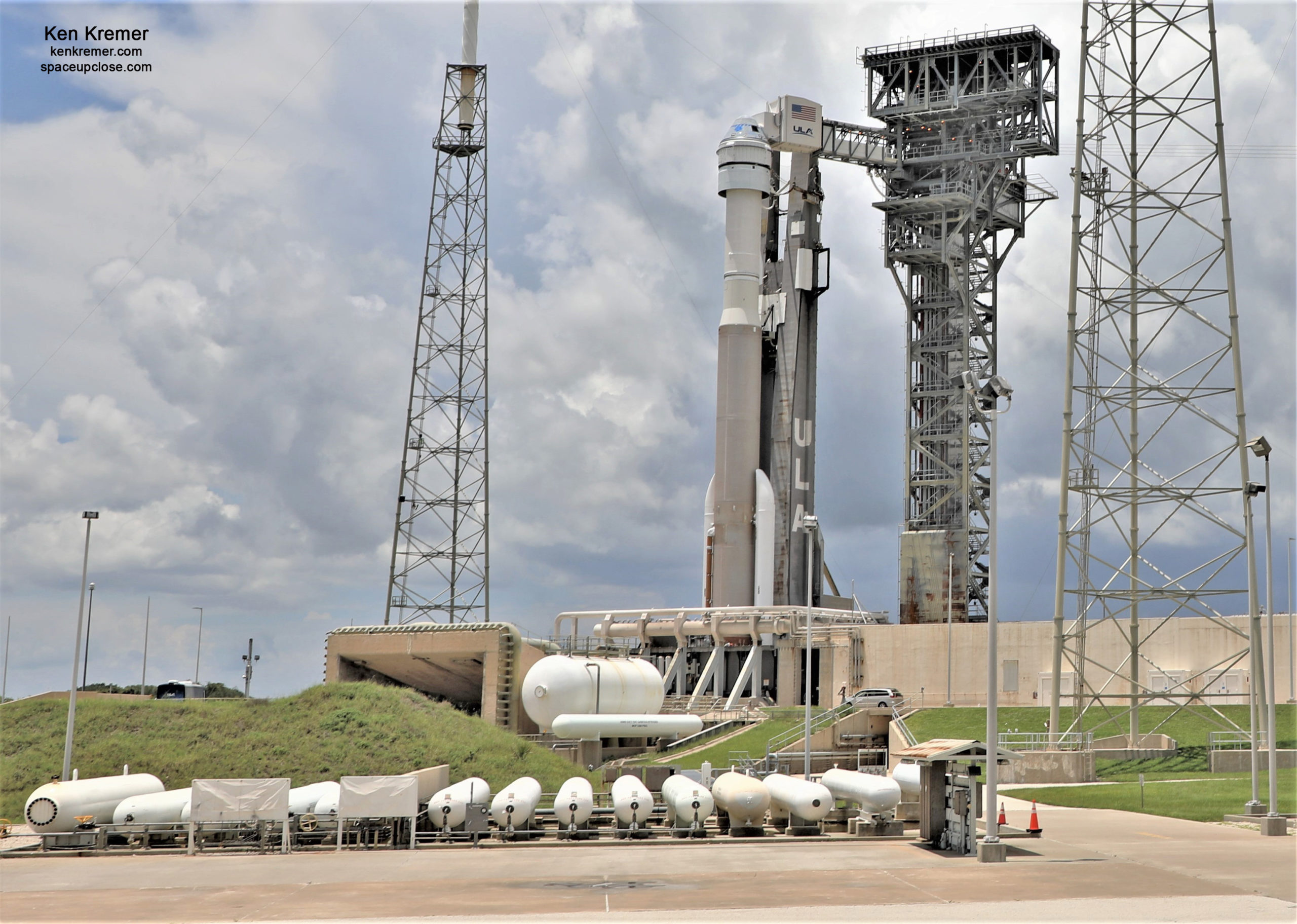
KENNEDY SPACE CENTER, FL – Boeing’s Starliner CST-100 crew capsule astronaut ferry ship launch attempt this morning, Tuesday, Aug. 3, was scrubbed indefinitely due to problems with the “unexpected valve position indications in the propulsion system” as the spacecraft was poised for liftoff on its second attempt at an unpiloted test flight to reach the International Space Station (ISS) for NASA, atop an Atlas V rocket from Florida’s Spaceport.
The launch of the Boeing Starliner on the OFT-2 mission was scrubbed during the countdown and about three hours before the planned liftoff time of 1:20 p.m. EDT (1720 GMT) on Tuesday, Aug. 3 on a United Launch Alliance (ULA) Atlas V rocket from Space Launch Complex-41 on Cape Canaveral Space Force Station, Florida during an instantaneous launch window.
The uncrewed Orbital Flight Test-2 (OFT-2) essentially amounts to a ‘redo’ mission to prove the commercial system can safely carry NASA astronauts to and from the International Space Station (ISS) on its second try.
Starliner failed to dock on the inaugural problem plagued original Orbital Flight Test (OFT) mission in Dec. 2019 due to a host of software and hardware issues with the capsule.
Engineers detected incorrect indications in the positions of the valves in the propulsion system located in the Starliners service module during the prelaunch countdown.
Boeing furthermore said the valve problems were initially detected during system checkouts carried out on Monday, Aug. 2, following the impact of electrical storms and lightning over the Kennedy Space Center and Cape Canaveral.
“During pre-launch preparations for the uncrewed test flight of the CST-100 Starliner spacecraft, Boeing engineers monitoring the health and status of the vehicle detected unexpected valve position indications in the propulsion system,” Boeing said in a statement.
“The issue was initially detected during check outs following yesterday’s electrical storms in the region of Kennedy Space Center.”
We're standing down from today's #Starliner Orbital Flight Test-2 launch.
During pre-launch preparations, our engineers detected unexpected valve position indications in the propulsion system.
Read the full statement: https://t.co/uQBjvq8ObU pic.twitter.com/4X2INbZj7Q
— Boeing Space (@BoeingSpace) August 3, 2021
Intense lightning strikes and drenching rainstorms impacted the Kennedy Space Center and Cape Canaveral Space Force Station Monday afternoon, which also forced the media including myself to abandon our remote camera setups at pad 41.
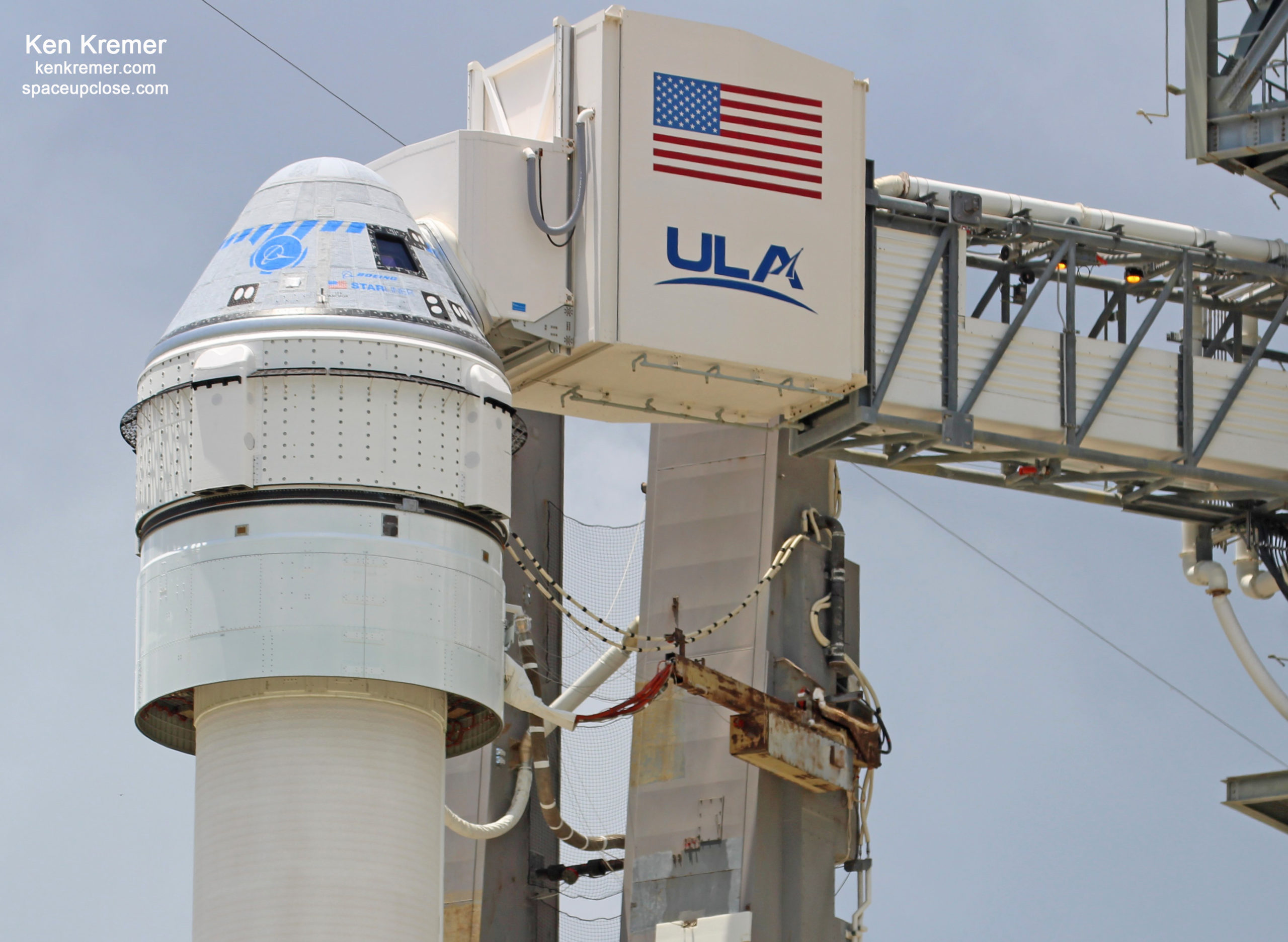
The Starliner launch was initially delayed to no earlier than (NET) Aug (NET) Aug 4 at 12:57 p.m. ET – dependent on a rapid and successful resolution of the propulsion valve issue.
“Consequently, the launch of the Starliner spacecraft to the International Space Station atop a United Launch Alliance Atlas V rocket will be postponed,” Boeing said.
“The launch was scheduled for 1:20 p.m. ET on Tuesday, Aug. 3. Boeing and NASA teams are assessing the situation. The team will provide updates regarding a launch attempt on Wednesday, Aug. 4.
The launch was scheduled for 1:20 p.m. ET on Tuesday, Aug. 3. Boeing and NASA teams are assessing the situation. The team will provide updates regarding a launch attempt on Wednesday, Aug. 4.
— Boeing Space (@BoeingSpace) August 3, 2021
Boeing officials expressed disappointment at the scrub but said safety and success was the top priority.
“We’re disappointed with today’s outcome and the need to reschedule our Starliner launch,” said John Vollmer, vice president and program manager, Boeing’s Commercial Crew Program, in a statement.
“Human spaceflight is a complex, precise and unforgiving endeavor, and Boeing and NASA teams will take the time they need to ensure the safety and integrity of the spacecraft and the achievement of our mission objectives.”
Starliner has a valve issue. Atlas and the pad are fine. We will protect for a recycle tomorrow if NASA and Boeing are able to resolve. https://t.co/SIyzsTCekn
— Tory Bruno (@torybruno) August 3, 2021
Updates will be provided by NASA and Boeing as information is analyzed and confirmed.
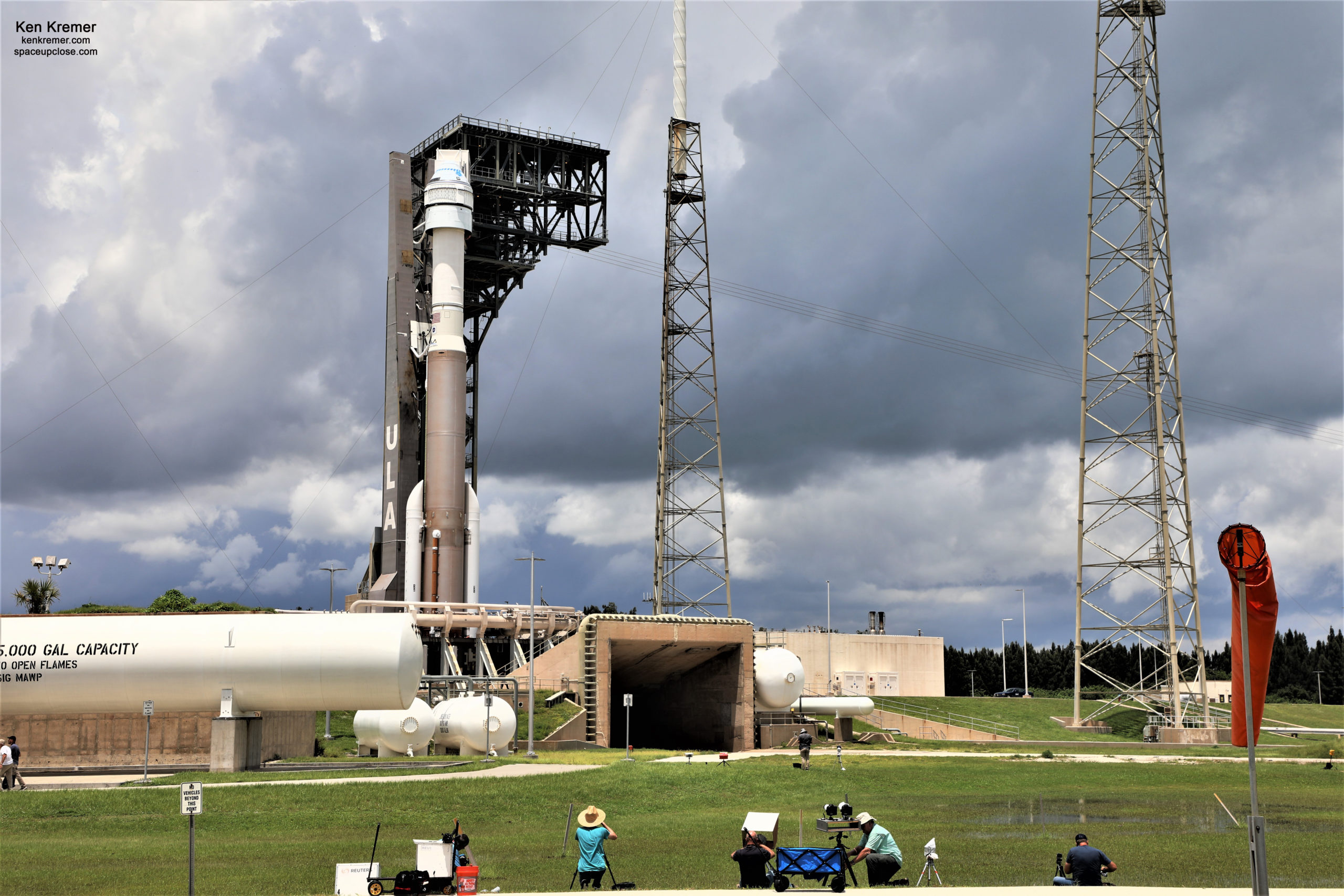
Prior to the scrub all appeared well at around 9: 30 a.m. ET this morning as the countdown entered a planned 4 hour hold at T Minus 4 minutes after the Stlas V rocket was fully fueled.
The countdown has entered the planned four-hour built-in hold at T-minus 4 minutes. With the rocket in a quiescent state following fueling, this hold is when astronauts will board Starliner for flight. Today's #OFT2 will simulate crew ingress procedures.#LaunchAmerica pic.twitter.com/aLvTkwKTEk
— ULA (@ulalaunch) August 3, 2021
The goal of OFT-2 mission is to test the end-to-end capabilities of Starliner from launch to docking, atmospheric re-entry, and a desert landing in the western United States.
OFT-2 will provide valuable data that will help NASA certify Boeing’s crew transportation system to carry astronauts to and from the space station.
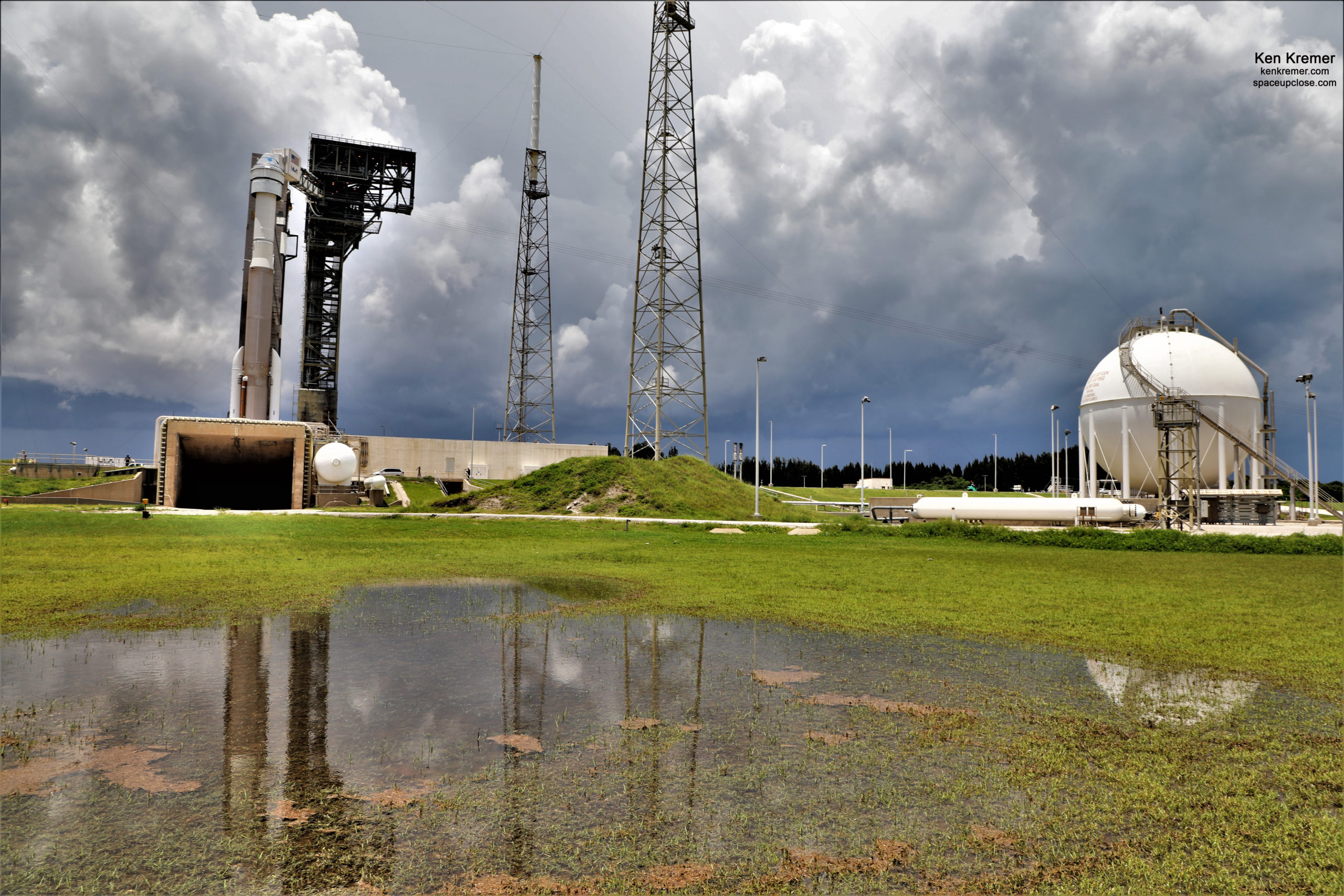
The Boeing Starliner is part of NASA’s Commercial Crew Program (CCP) to restore human spaceflight launch capabilities to the US and end total reliance on the Russian Soyuz crew capsule.
NASA’s other Commercial Crew Program (CCP) partner SpaceX has already successfully launched three crews of astronauts to the ISS since May 2020.
Todays scrub was the second Starliner launch delay in less than a week following the inadvertent thrust firing incident of the newly docked Russian Nauka science module on July 29 that forced a postponement of the then planned liftoff targeted for July 30.
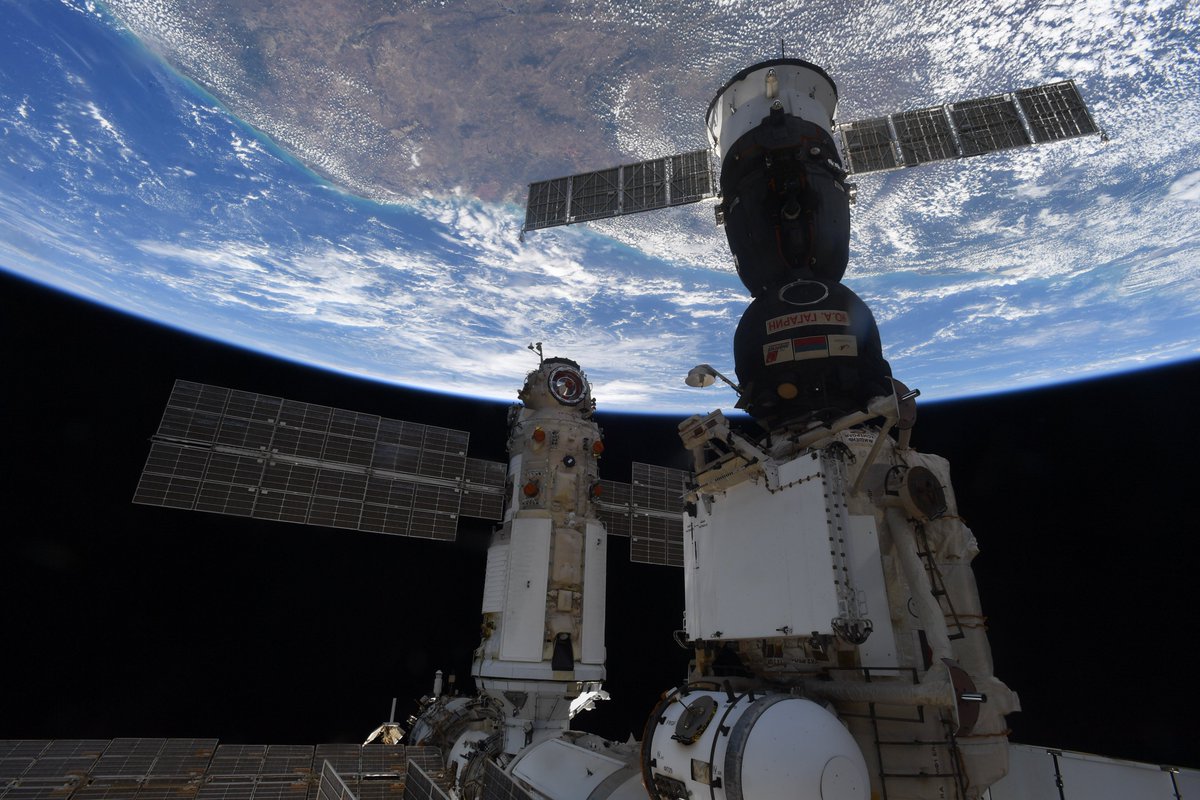
Boeing will fly this second uncrewed Starliner mission OFT-2 at their own expense of some $420 million on an Atlas V that was targeting liftoff Aug. 3 to prove to NASA the vehicle is safe and reliable.
OFT-2 is the last flight before the Starliner system launches American astronauts on the Crew Flight Test to the microgravity laboratory – the first flight test with crew on board.
If all goes well with OFT-2 a trio of NASA astronauts will fly on the first crewed Starliner mission dubbed CFT (Crew Flight Test) perhaps as soon as years end.
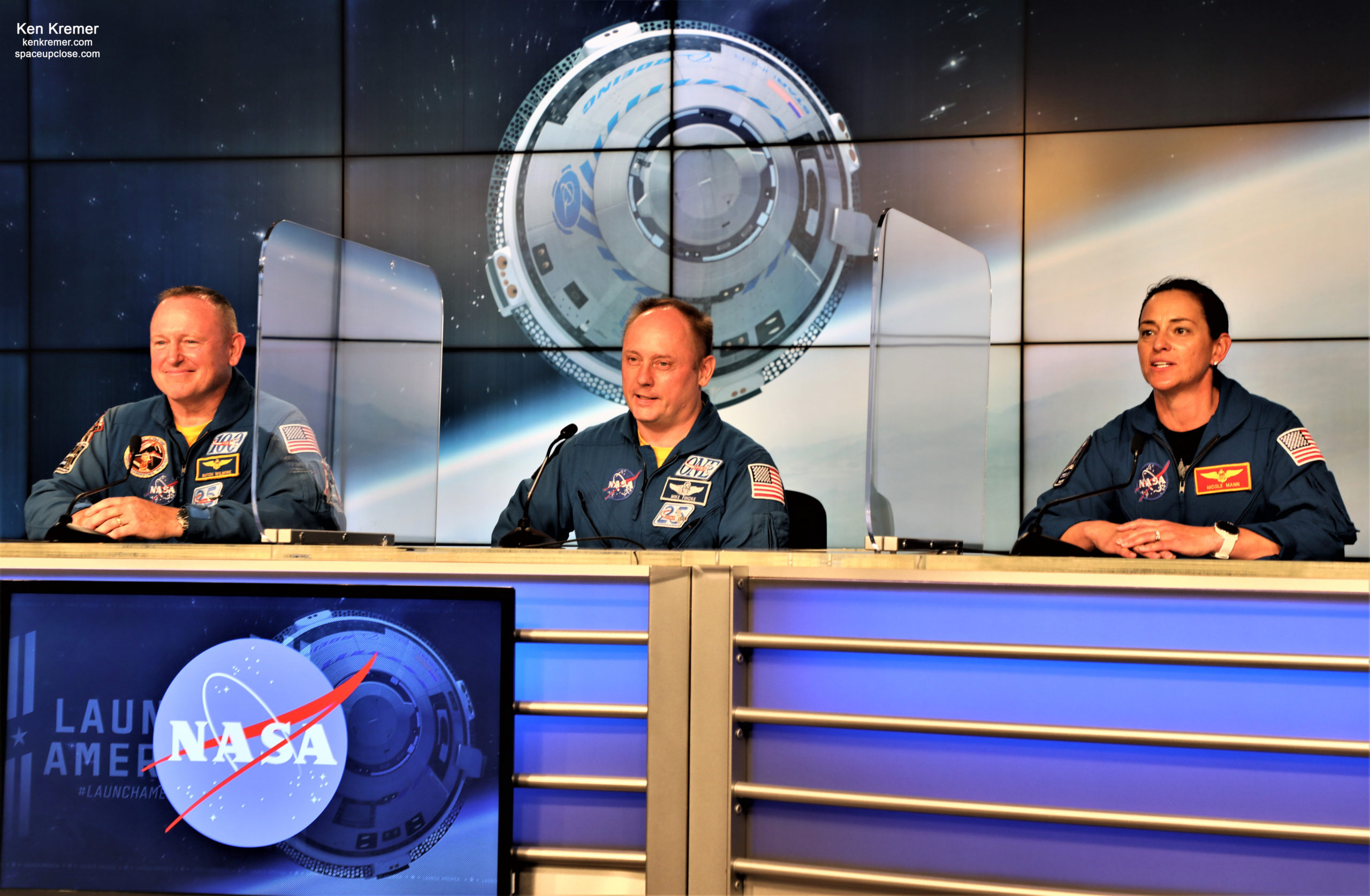
My interviews about the ISS, Starliner, the rollout and the importance of the mission were featured on WKMG CBS 6 and Spectrum News 13 on Aug. 3, Fox 35 Orlando on July 26, WFTV ABC 9 News Orlando on July 22 & 23 and WESH 2 NBC News Orlando on July 18 & 19.
https://www.fox35orlando.com/news/nasa-boeing-prepare-for-second-run-at-starlink-launch
https://www.wesh.com/article/boeing-starliner-now-in-brevard-prepares-for-test-flight-redo/37067233
Watch Ken’s continuing reports about ISS, Starliner and Commercial Crew and Crew Dragon, Artemis and NASA missions, SLS, Orion, SpaceX, Starlink from onsite for live reporting of upcoming and recent SpaceX and ULA launches including Crew 1 & 2, Demo-2, ISS, X-37B, Solar Orbiter, Mars 2020 Perseverance and Curiosity rovers, NRO spysats and more national security missions and more at the Kennedy Space Center and Cape Canaveral Space Force Station.
Stay tuned here for Ken’s continuing Earth and Planetary science and human spaceflight news: www.kenkremer.com –www.spaceupclose.com – twitter @ken_kremer – email: ken at kenkremer.com
Dr. Kremer is a research scientist and journalist based in the KSC area, active in outreach and interviewed regularly on TV and radio about space topics.
………….
Ken’s photos are for sale and he is available for lectures and outreach events
Please consider supporting Ken’s work by purchasing his photos and/or donating at Patreon:
https://www.patreon.com/kenkremer
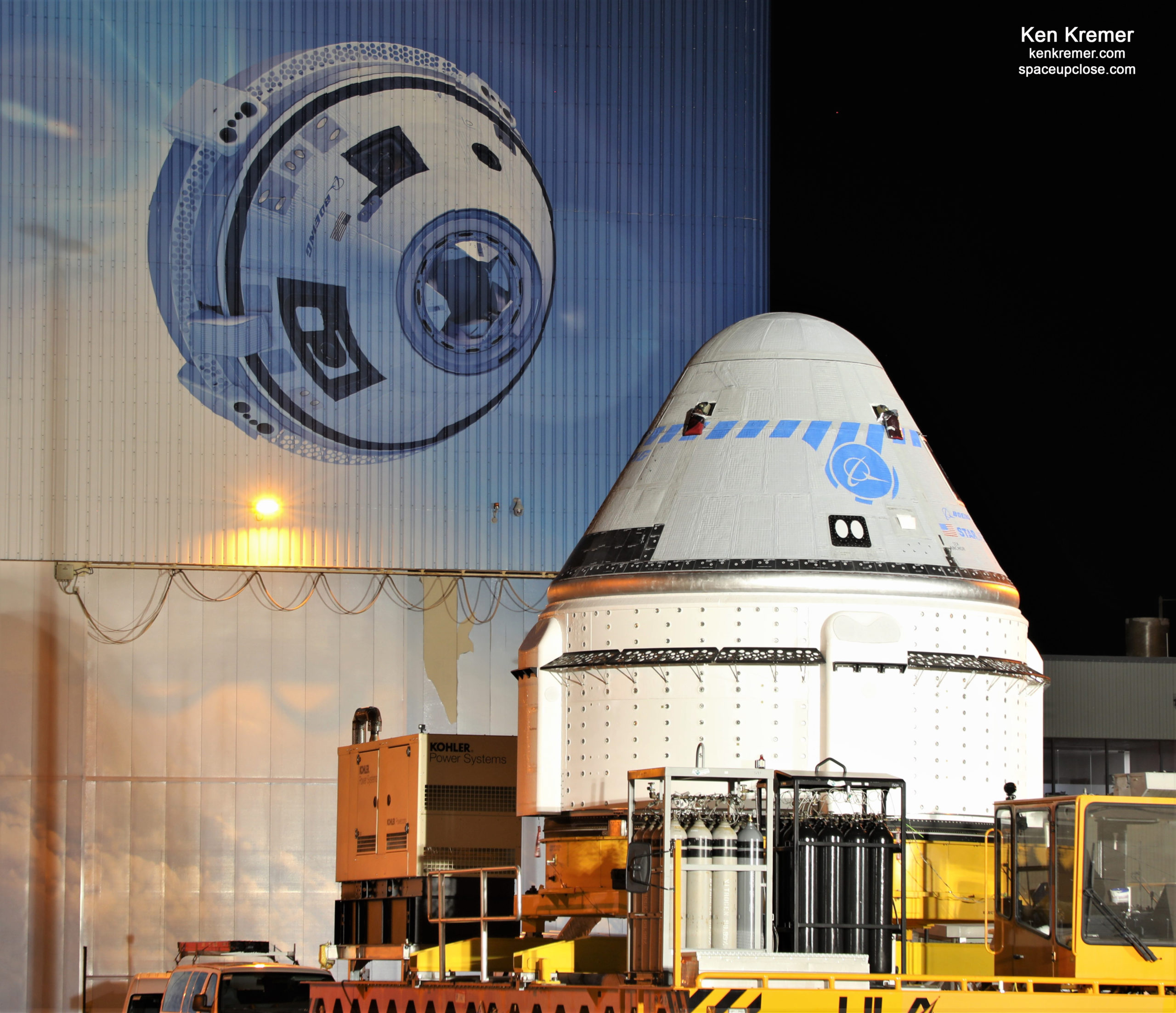
x



